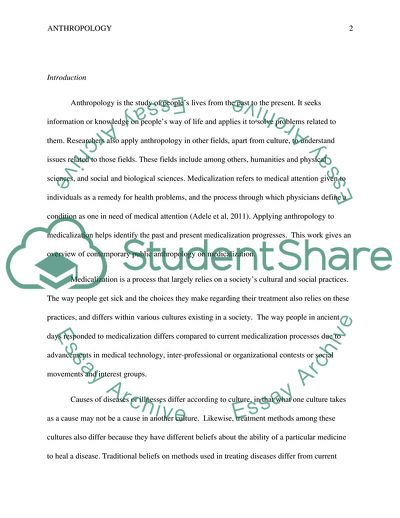Cite this document
(Public Anthropology in Medicalization Essay Example | Topics and Well Written Essays - 1500 words, n.d.)
Public Anthropology in Medicalization Essay Example | Topics and Well Written Essays - 1500 words. https://studentshare.org/anthropology/1805374-public-anthropology-in-medicalization
Public Anthropology in Medicalization Essay Example | Topics and Well Written Essays - 1500 words. https://studentshare.org/anthropology/1805374-public-anthropology-in-medicalization
(Public Anthropology in Medicalization Essay Example | Topics and Well Written Essays - 1500 Words)
Public Anthropology in Medicalization Essay Example | Topics and Well Written Essays - 1500 Words. https://studentshare.org/anthropology/1805374-public-anthropology-in-medicalization.
Public Anthropology in Medicalization Essay Example | Topics and Well Written Essays - 1500 Words. https://studentshare.org/anthropology/1805374-public-anthropology-in-medicalization.
“Public Anthropology in Medicalization Essay Example | Topics and Well Written Essays - 1500 Words”. https://studentshare.org/anthropology/1805374-public-anthropology-in-medicalization.


